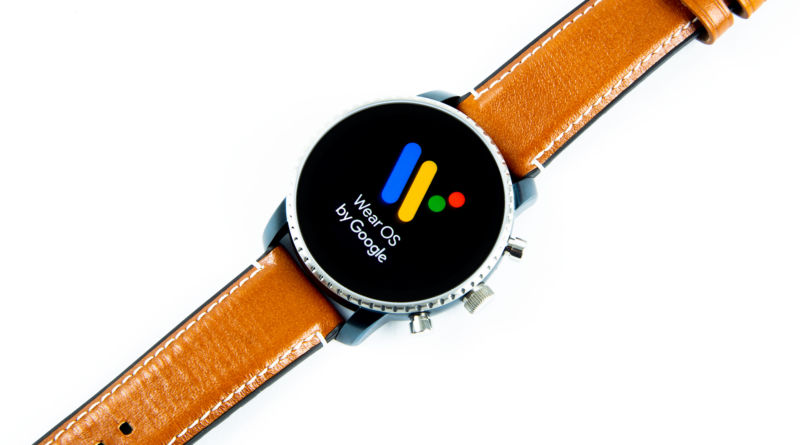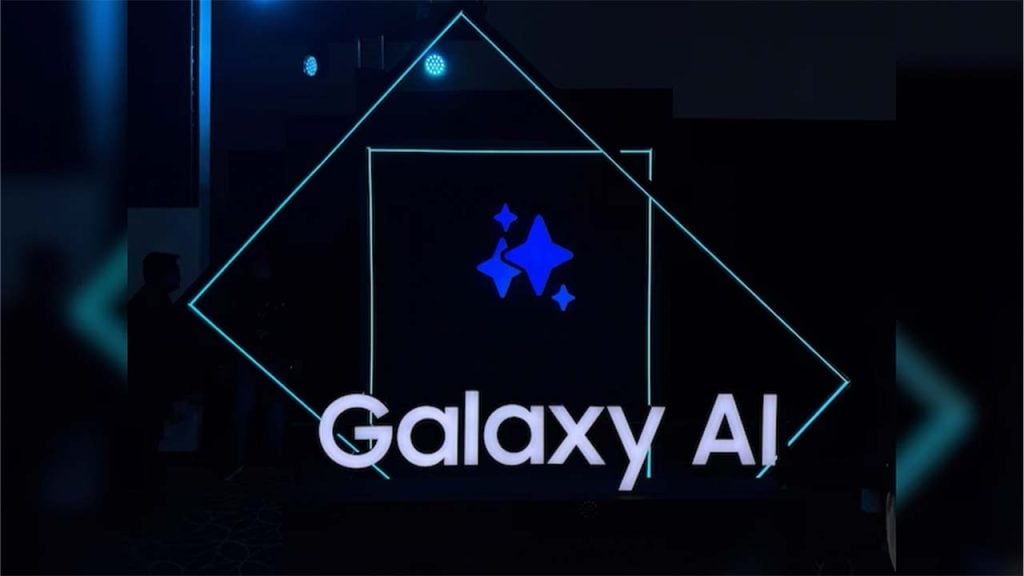
Google has provided a few more details about its upcoming Wear OS update plans. As we've reported, Google and Samsung are teaming up to resurrect the struggling Wear OS. Samsung is ditching Tizen watches and bringing its Exynos SoCs to the Wear OS platform, and Google will start Wear OS development again after mostly ignoring the operating system for the past few years.
The post on the official Wear OS forums is titled "What Wear OS 3 means for you," and it describes what will be a rocky transition to the new OS. First, it's important to note that the post is formally calling the revamped Wear OS "Wear OS 3," a detail Google has left out of all its official statements so far, opting for "unified platform," "the new version of Wear OS," or some other clunky descriptor. It's version 3! This lines up with our count; it's the first major Wear OS update since Wear OS 2 in 2018.
Next, we get a list of devices being updated from Wear OS 2 to 3. It's not long:
Wear OS devices that will be eligible for upgrade include Mobvoi’s TicWatch Pro 3 GPS, TicWatch Pro 3 Cellular/LTE, TicWatch E3 and follow on TicWatch devices, as well as Fossil Group’s new generation of devices launching later this year.
Those are all devices that use Qualcomm's Snapdragon Wear 4100 SoC. That list is actually every Snapdragon Wear 4100 device, including a Fossil name check for what are presumably Wear 4100 devices that will be released in the future. It's a clear sign that Google will not support the older Snapdragon Wear 3100 with Wear OS 3.
The Wear 3100 makes up almost all the current Wear OS devices, but it's also appallingly slow. Qualcomm has historically been the only viable SoC vendor available to Wear OS manufacturers, but it also hasn't cared about wearables much, and it recently went six years without improving the performance of its smartphone SoCs. From 2014 to 2020, the company shipped 28 nm, quad-core Cortex A7 CPUs under several different model numbers. The result has been the near-death of Wear OS as battery life and performance issues piled up while competing Apple and Samsung devices got faster every year.
Qualcomm finally broke its streak of shipping 2014-era chip technology with the release of the Snapdragon Wear 4100, which was announced in mid-2020. It's only a low-end to mid-range 12 nm, Cortex A53 SoC that isn't at all competitive with Samsung or Apple, but it's a big improvement. The only remaining Wear OS vendors are fashion brands, though, and they're not all that concerned with shipping the latest technology, so uptake on the Wear 4100 has been nearly non-existent. We actually saw a Wear 3100 device launch just last week: the $2,150 Tag Heuer Super Mario watch.
Dropping the Wear 3100 is an understandable decision. The chip is so slow that supporting it would mean limiting a lot of what Wear OS can do. Once the Qualcomm era is over, Wear OS can expect reliable performance improvements with Samsung at the hardware helm. The new flagship Wear OS device, the Galaxy Watch 4 (hopefully being announced at Samsung's August 11 event) is rumored to have a high-end, 5 nm Samsung Exynos SoC that will probably be many times faster than the 3100. For what it's worth, Samsung isn't updating any of its watches, either, as a switch from Tizen to Wear OS would be too dramatic.
Wear OS 3 sounds dramatically different from version 2
We still have next to no information about Wear OS 3, but there are a few tidbits in the upgrade announcement indicating that things will be very different. One line in the announcement lays out the requirement for a mandatory factory reset for any Wear 4100 devices upgrading from Wear OS 2 to version 3. Wear OS 3 is apparently so different that user data can't be ported over, and all local data will need to be wiped. We've certainly heard Google and Samsung talk about how Wear OS 3 will combine the "best of Wear OS and Tizen," indicating that even the base OS might be rebuilt.
Google also vaguely tells 4100 upgraders that "in some limited cases, the user experience will also be impacted." Is this a reference to the 4100 performance or the app selection and features compared to Wear OS 2? It's hard to say. Because Wear OS 3 will be so different, Google says it won't force the upgrade on 4100 users:
We expect that for these reasons, some of you will prefer to keep your current Wear OS experience. Therefore, we will offer the system upgrade on an opt-in basis for eligible devices. We will provide more details in advance of the update so you can make an informed decision. We expect our partners to be able to roll out the system update starting in mid to second half of 2022.
The Samsung Watch with Wear OS 3 is expected to ship sometime in August 2021, so the partner time of "2H 2022"—potentially a year after Samsung's release—is surprisingly late. Android has typically been very good at letting partners get early access to code, so (at least the ones that care) can be ready for launch, but this suggests Samsung is getting a huge head start. Google's message that upcoming Fossil watches, launching later this year, will be "eligible for upgrade" to Wear OS 3 also suggests that we might see Wear OS 2 devices launch from other companies after Samsung launches Wear OS 3 next month.
Samsung was always going to dominate the Wear OS 3 ecosystem because it has exclusive access to high-end Exynos wearables SoCs and doesn't seem interested in selling them to third parties. Evidence is piling up that Samsung will actually have exclusive access to Wear OS 3 for some time, though. We're speculating here, but a Google and Samsung team-up undoubtedly included many negotiations, and "one year of exclusive access to Wear OS 3" would be a nice, round number to include in a deal. We don't really know, though. There are still so many mysteries surrounding Wear OS, but we should get more answers next month.
Article From & Read More ( Google’s Wear OS 3 update plans will leave most existing devices behind - Ars Technica )https://ift.tt/3zsUuej
Technology

No comments:
Post a Comment